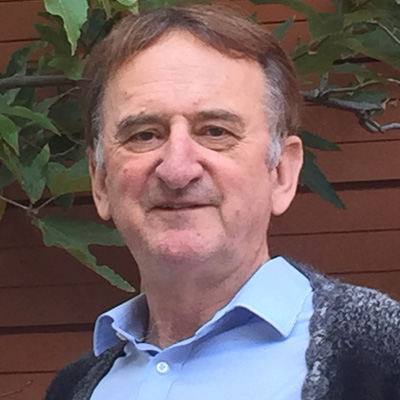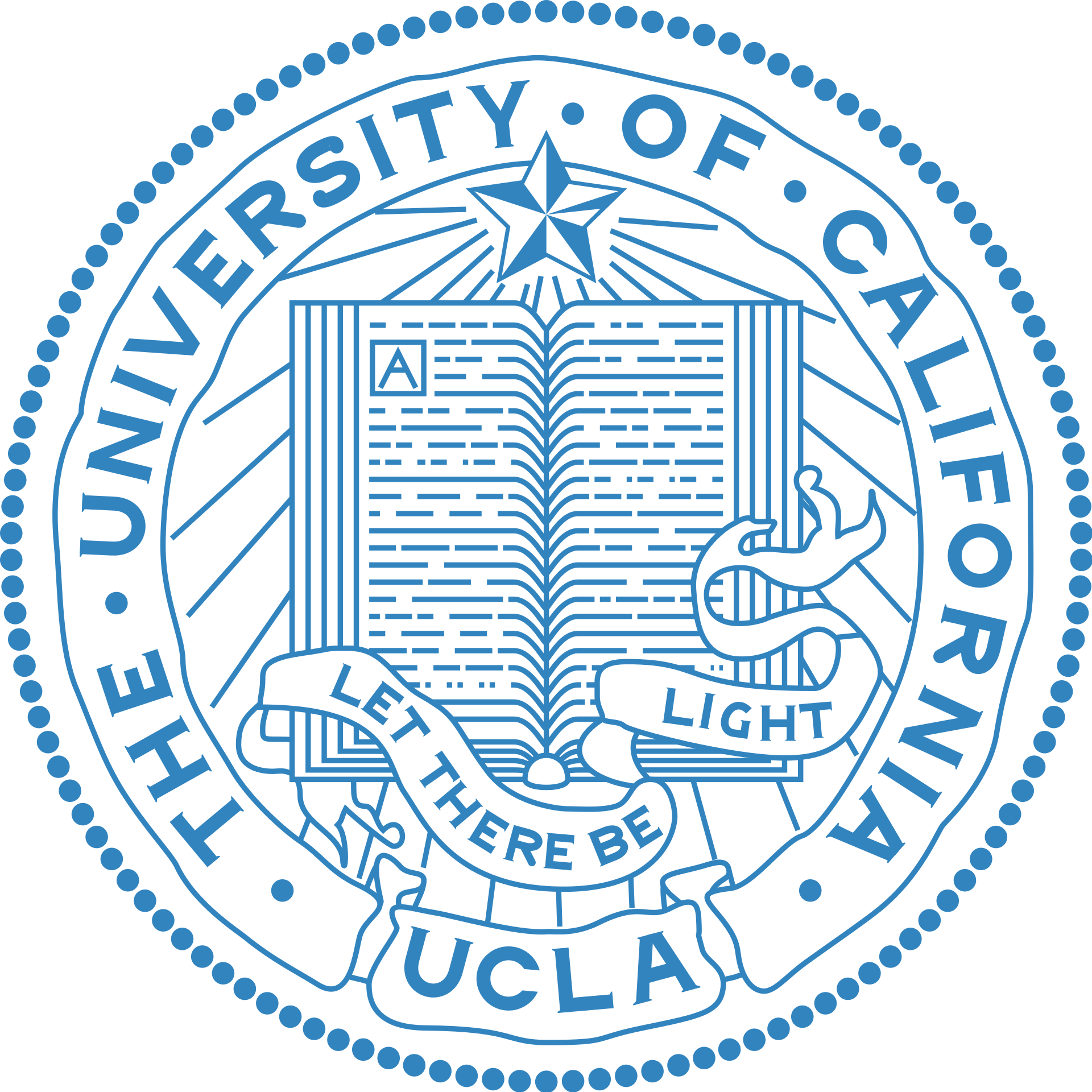Unleashing creative potential by understanding the human mind and brain
We have too often been compartmentalized into two categories: either we are a “math person,” or we are the “creative one.” Somehow a gulf has been created between our critical thinking and our creative thinking, a line between left brain and right brain. Dr. Keith Holyoak, Distinguished Professor of Psychology at the University of California, Los Angeles, takes an interdisciplinary approach to study human intelligence, and how creativity connects with math and science. Addressing questions like, “Why are some people able to bring together different ideas nobody has connected before, while others miss connections even while staring at them in the face?” Dr. Holyoak not only investigates ways to strengthen U.S. educational programs but also foresees advances in Artificial Intelligence based on understanding the human mind.
Dr. Holyoak and his team’s general mission is to understand the representation of knowledge in the human mind and brain. They approach this problem using almost every method available to cognitive science, including experiments with children and with college students, neuroimaging studies of how the brain supports thinking, and computational models that help understand how thinking works. Much of their current work looks at how education, especially in math, can be improved by understanding the mind and brain, seeking new ways to educate children so as to maximize their potential to master complex topics in math and science by, for example, using analogies and visual animations to convey ideas. Dr. Holyoak and his team are also finding ways to develop creative thinking in people of all ages.
Current areas of research include:
- How do we improve education by understanding human reasoning? Using animation to help stimulate seeing connections, Dr. Holyoak and his team are looking at how we can help kids understand the structured relations involved in math and science, making the learning experience more meaningful to them. Studies have shown that people are better able to make connections between knowledge tied to physical visual animations than knowledge that is purely verbal. Dr. Holyoak also looks at how solving answers to one math question might activate a strategy to tackle another question. Working with undergraduate students at different university institutions, Dr. Holyoak identifies an implicit signature of how deeply interconnected an individual’s math knowledge is, and hopes to create new education techniques to improve the way we think about relationships between concepts.
- How is knowledge realized in the brain? As part of his neuroscience studies, Dr. Holyoak has worked with patients and brain scans to understand how thinking takes place in the brain and how our reasoning ability deteriorates under various diseases. He also studies how normal people without any diseases tend to make abstract connections between linguistic relations (e.g., understanding what an “opposite” is) and numerical relations (e.g., understanding complex kinds of numbers). For example, Dr. Holyoak has found that in the U.S., kids start to fall behind in math around the third grade when fractions and decimals are introduced. Dr. Holyoak has partnered with other foreign institutions like Yonsei University in South Korea to conduct the same set of experiments, and has found similar results despite the cultural differences—people generally find it easier to compare magnitudes using decimals, but easier to compare proportions or ratios with fractions. Using fMRI, Dr. Holyoak and his team are now venturing into the brain structure, trying to see how the brain handles fractions and decimals. Through this type of study, Dr. Holyoak is able to achieve a more fine-grained understanding of what the frontal cortex of the brain has to do with reasoning, and with seeing connections in metaphors, analogies, and other creative concepts. He has discovered that higher levels of reasoning and higher levels of creativity are connected. Ultimately he hopes to find ways to activate parts of the brain that will enhance creativity.
- How can computer models help us understand ways in which basic relations are learned? In order to explore human thinking and reasoning, an essential first step is to discover how small concepts are built up by connecting verbs and nouns. Dr. Holyoak is constantly developing detailed computational models that can make human-like inferences. His goal is to develop new types of symbolic-connectionist models in which relational reasoning emerges from a neural system.
- What do people understand by knowledge—what does it mean to “know” something as opposed to “believing”? Using a specific memory technique, Dr. Holyoak measures when people think they have encountered “real knowledge” as opposed to simple beliefs or opinions. An important project that highlights the importance of confronting mindsets or what people thought as “knowledge” centers on attitudes to vaccination against childhood diseases such as measles. These diseases are currently on the rise because vaccination rates have dropped due to the erroneous but popular belief that measles vaccination causes autism. Although completely debunked by scientific evidence and despite efforts by Centers for Disease Control and Prevention to undo the damage, this belief became so deeply ingrained in the minds of some parents that they stopped vaccinating their children. Alarmed, Dr. Holyoak has put together an online platform to educate the general public on the importance of vaccination, in ways that help people process scientific information in an intelligent way and shift their paradigms. By addressing similar issues in critical thinking, Dr. Holyoak hopes to suggest practical ways to think for yourself when everyone is telling you what they think is true.
Bio
Keith J. Holyoak, Ph.D., Distinguished Professor of Psychology at the University of California, Los Angeles, is a leading researcher in human thinking and reasoning. He received his B.A. from the University of British Columbia in 1971 and his Ph.D. from Stanford University in 1976. Dr. Holyoak was on the faculty of the University of Michigan from 1976-1986 and then joined the Department of Psychology at UCLA. His work combines behavioral studies with both cognitive neuroscience and computational modeling. He has been a recipient of a John Simon Guggenheim Fellowship and a James McKeen Cattell Fellowship. Dr. Holyoak is a Fellow of the American Association for the Advancement of Science, the Association for Psychological Science, the Cognitive Science Society, and the Society for Experimental Psychology. In 2015 he was appointed as incoming Editor of Psychological Review, the leading theoretical journal in the field of psychology. He previously served as Editor of Cognitive Psychology, Senior Editor of Cognitive Science, Associate Editor of Psychological Science, and as editorial board member of numerous other journals. Dr. Holyoak has published over 200 scientific articles, and is the co-author or editor of numerous books, including Induction: Processes of Inference, Learning and Discovery (MIT Press, 1986), Mental Leaps: Analogy in Creative Thought (MIT Press, 1995), and the Oxford Handbook of Thinking and Reasoning (Oxford University Press, 2012).
Growing up, Dr. Holyoak was always fascinated by the human mind and what makes it special, like the ability to understand metaphors and analogies, which is basic to human creativity. He is a poet as well as a cognitive scientist, so he is interested in all aspects of the creative process. Part of this interest lies in literary, artistic, and musical creativity. He collaborates with his oldest son Jim who is an artist, and next-oldest son Neil who is a singer-songwriter, to create a diverse cultural experience. Although he is “the outlier in his family who cannot speak Chinese,” he has translated ancient Chinese poetry into English, published in Facing the Moon: Poems of Li Bai and Du Fu (Oyster River Press, 2007). He has also published three books of his own poetry: My Minotaur: Selected Poems 1998–2006 (Dos Madres Press, 2010), Foreigner: New English Poems in Chinese Old Style (Dos Madres Press, 2012), and The Gospel According to Judas (Dos Madres Press, forthcoming 2015).
For more information on Dr. Holyoak’s research, visit his website at http://reasoninglab.psych.ucla.edu
For more information on his other personal endeavors, visit his website at http://keithholyoak.com
In the News
The Chronicle of Philanthropy


